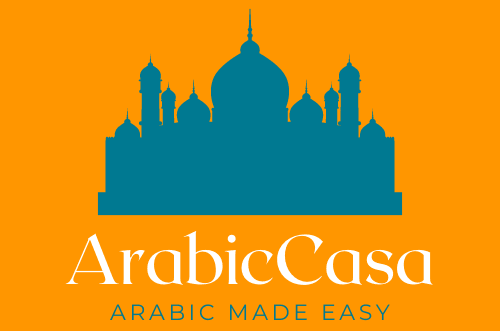Does Arabic Relate to Hebrew By Any Mean?
The Arabic language is the oldest and most widely spoken Semitic language in the world. It is spoken by more than 350 million people across the world, with a large percentage of those speakers living in North Africa and Western Asia. In this blog post, we will be looking Arabic and Hebrew languages and will try to explore any relation between the two. Who knows we might find something or manything relateable?
Introduction
There are many similarities between the Arabic language and Persian, Urdu, and Hebrew. However, there are also some differences. In this blog post, we will explore some differences and similarities between these three languages.
First, let’s take a look at some of the similarities. All three languages are Semitic languages, which means that they share a common ancestor. They also all use the Arabic alphabet. Additionally, all three languages have been influenced by Islam.
However, there are also some differences between these languages. For example, Arabic is the only official language of an Arab country, while Persian and Urdu are both official languages of Iran and Pakistan, respectively. Additionally, Arabic has more speakers than any other Semitic language, while Persian and Urdu both have fewer speakers than Arabic.
Finally, let’s take a look at some of the sprouting differences between these three languages. One major difference is that Arabic is written from right to left, while Persian and Urdu are both written from left to right. Additionally, Arabic has more dialects than any other Semitic language, while Persian only has two major dialects (Iranian Persian and Tajiki Persian) and Urdu only has Urdu has four recognized dialects: Dakhni, Pinjri, Rekhta, and Modern Vernacular Urdu.
Similarities Between Arabic and Hebrew
There are many similarities between Arabic and Hebrew, two of the world’s most widely spoken Semitic languages. For one, both languages use a system of triliteral consonants, in which each letter represents a consonant sound. This makes it relatively easy for speakers of one language to learn the other.
Both languages also share many common words, as well as some common grammatical structures. For example, both languages use a form of the verb “to be” that is conjugated differently for each person (I am, you are, he/she/it is, etc.). Both languages also have similar word order rules, with the verb typically coming before the subject.
Differences Between Arabic and Hebrew
There are many differences between Arabic and Hebrew. Here are some of the most notable differences and similarities between these two languages:
Arabic has 28 letters in its alphabet, while Hebrew has 22.
The vast majority of Arabs are Muslim, while the vast majority of Hebrews are Jewish.
There are many different dialects of Arabic, while there is only one standard form of Hebrew.
Another key difference is that Arabic has significantly more dialects than Hebrew. This can make it challenging for speakers of different Arabic dialects to communicate with one another. Additionally, while Modern Standard Arabic is used as a lingua franca by Arabs across the Middle
Conclusion
There are many similarities between the Arabic language and Persian, Urdu, and Hebrew. However, there are also several differences. The most notable difference is that Arabic is written from right to left, while Persian, Urdu, and Hebrew are written from left to right. Additionally, Arabic has more vowels than the other three languages. Finally, Arabic has a different alphabet than the others.
